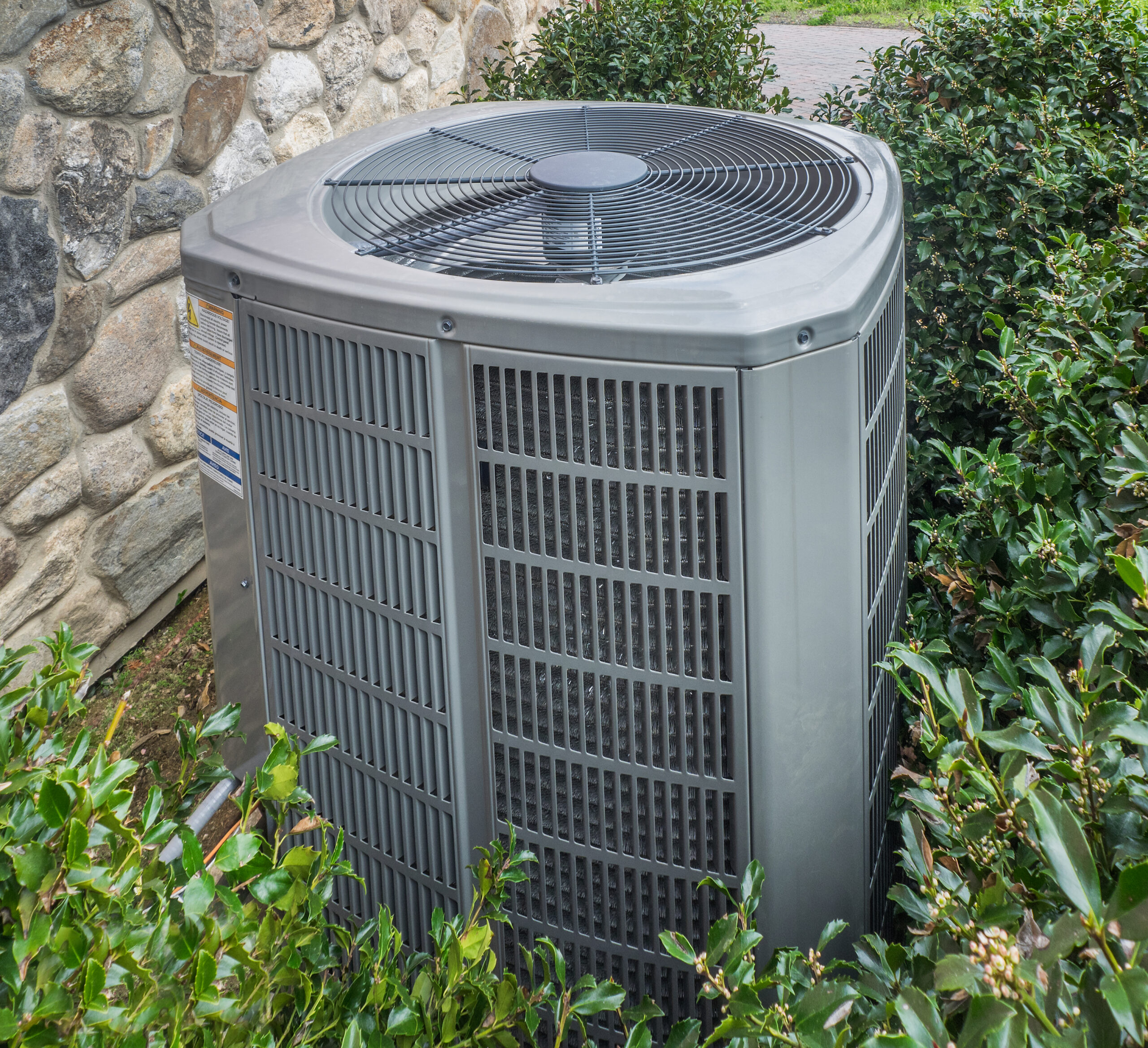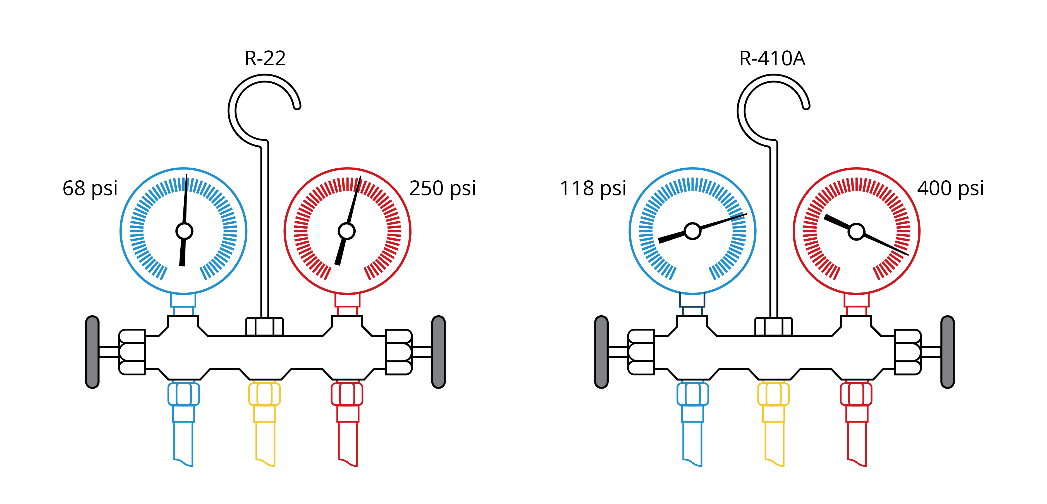A Step-by-Step Guide to Settling Residential and Commercial HVAC Claims
You go through your claims that need to be settled, and there it is – an HVAC system that’s different than the type you are familiar with. Now what?
Adjusters won’t be concerned about whether they’ll make an accurate settlement decision for claims with HVAC equipment if they abide by the following simple steps.
1. Contact the insured immediately.
Reach out to the insured as soon after receiving the claim as possible. It seems simple, but it’s the best way to get the process officially started and to begin obtaining necessary information. Plus, it’s good customer service. Your policyholders know you’re aware of the claim and are going to do whatever it takes within the confines of the policy to return them to pre-loss condition.
2. Gather the details of the claimed equipment.

You’ve made a connection with the policyholder. Take the time to get the details of the equipment that’s being claimed. Having information such as its brand, estimated age, and system type will be necessary further in the process when verifying that the repair or replacement options are compatible to the rest of the components and are of Like Kind and Quality (LKQ).
If your insured doesn’t know those details, don’t worry just yet. These can be obtained during the testing phase.
3. Review what the contractor and policyholder submitted to have a better handle on potential damages and what settlement is being requested.

Policyholders and contractors may provide more information for some claims than others. Key elements to note are if your policyholders are claiming a full HVAC system replacement, if they provided a cause of loss, if the damage is typical for the age of the equipment, or if there really isn’t a lot for you to go on. You wouldn’t want to settle a claim without doing your own assessments first, but it’s good to know what you or an equipment assessor may be walking into.
4. Choose a qualified expert to evaluate the HVAC equipment.
Whether your policyholder submitted little information or provided a book, it’s important you get the claimed systems checked out for yourself. You don’t have to be an expert on HVAC equipment to be able to make accurate settlements – but the third-party HVAC company you have doing the work should have the experience and knowledge to fully evaluate the components in an objective and timely manner.
Making accurate settlements starts with choosing the right HVAC assessment vendor. For guidance, watch the What to Look for in an HVAC Claims Vendor video.
5. Ensure all HVAC systems and components are assessed.
Make sure no shortcuts are taken when assessing the equipment. Every system, regardless of how many are included on the claim, should be tested. Comprehensive evaluations will determine what components are damaged and the scope of the problem. Sometimes a policyholder won’t know that a different component is causing the issue, or some of the claimed systems will be non-damaged.
It’s important that extra effort is spent to determine the cause of loss and scope of damage so that you are only settling for equipment that is actually damaged and covered by the policy. This will lessen the chance that the claim gets reopened for additional damages in the future.
6. If covered, confirm recommended repairs and replacements are compatible and LKQ.

HVAC systems may be functioning properly at the time of the assessment, which could lead to a finding of non-damaged. But because of their exposure to the elements and how long some of the components can last, wear and tear is also a common cause of loss, which may not be covered by the policy. Both scenarios could end the claim settlement process.
If the cause of loss is covered, the assessment should have provided recommended next steps, including repair and replacement options. Pull out that information about the policyholder’s current HVAC system. Some components aren’t compatible with certain systems based on the refrigerant used or other factors. Sometimes the replacement options included in the claim, either by a contractor or the policyholder, are unnecessarily better than what was there before. Verify all recommended repair and replacement options are in line with what the policyholder currently has and that it’s LKQ.
7. Confirm the recommended components are available and in line with regulations.
Having a plan of action with recommended repairs and replacements is only as good as how well it can be executed. Make sure items that are needed can be readily purchased by the contractor or policyholder. If your third-party vendor didn’t do this, which it should have, have someone perform a desktop review that can check manufacturer databases for product availability.
The recommended repairs and replacements should be aligned with local and federal regulations. But make sure you clearly understand what they are, even if your policyholder or the contractor doesn’t. One topic that frequently gets misunderstood is the use of R-22 following the phase-out. For a clear understanding of how that comes into play, check out 6 Truths You Should Know About the R-22 Phase-Out When Handling HVAC Claims.
8. Confirm repair and replacement costs are market value.
Sometimes replacements have already been made or you are confident the scope of repairs is appropriate. However, costs can fluctuate depending on the contractor, location, or equipment, and it’s important adjusters confirm they’re in line with market value.
A desktop review can help check for available equipment and verify manufacturer pricing and local labor costs. This ensures the policyholder – and the carrier – is settling for the applicable amount.
9. Keep the policyholder informed about what is happening with the claim at each step.
Each claim has a lot of moving parts, but it’s critical policyholders are kept in the loop about where it is in the process. This makes for a better insured experience and shows you care about your customer and their claim.
More importantly, don’t shy away from telling them news you don’t think they want to hear. Do it quickly and be upfront so your policyholder can figure out next steps.
10. Make sure you settle the claim quickly while staying accurate and objective and providing a good policyholder experience.
That sounds like an impossible task – accuracy, objectivity, speed, and a good policyholder experience? Your policyholder shouldn’t have to choose which they get. Following these steps will guarantee that happens, but you don’t have to do them alone. HVACi can help. We provide comprehensive assessments for all HVAC system types with reports that include repair and replacement recommendations with available components priced at market value.
Trust the nation’s leading HVAC and Refrigeration assessment company to keep you one step ahead in making faster and accurate decisions without sacrificing on quality or policyholder experience. Submit a claim to HVACi to find out how it works.

